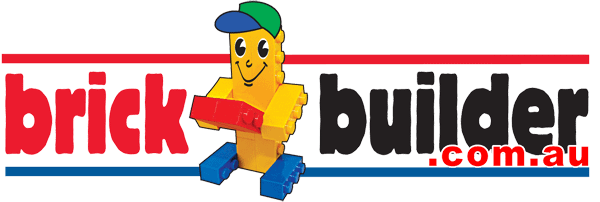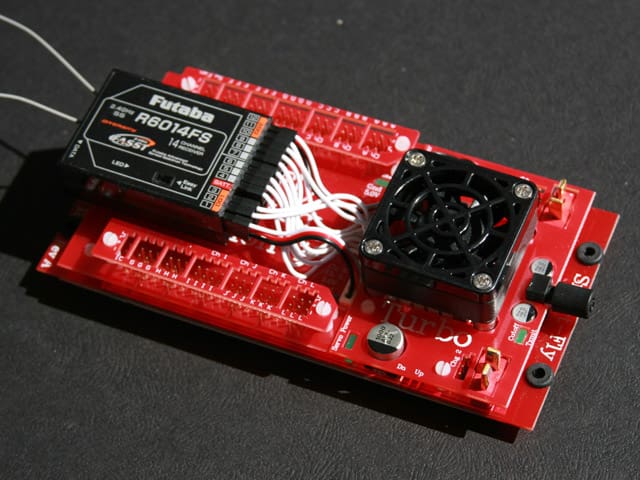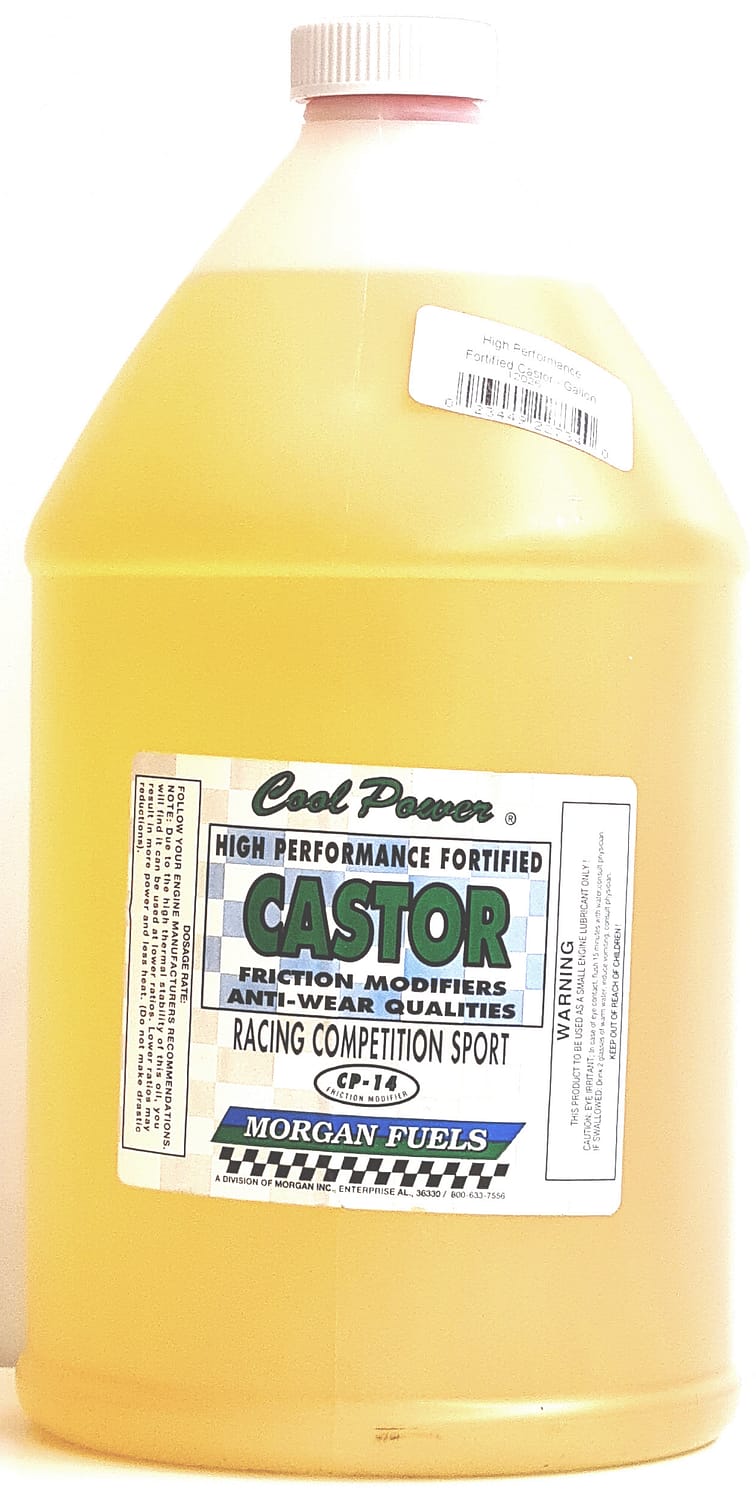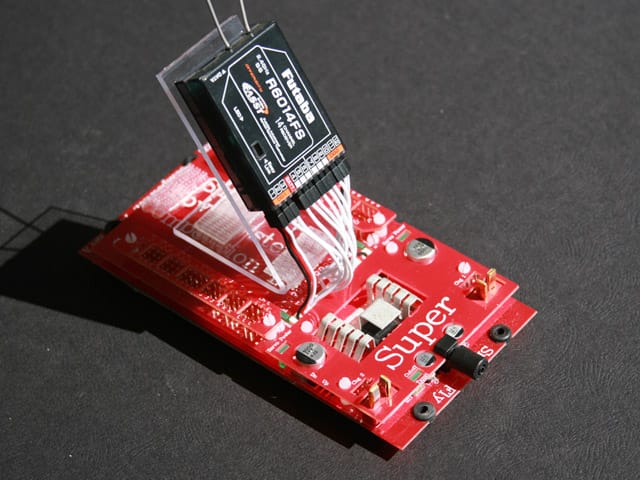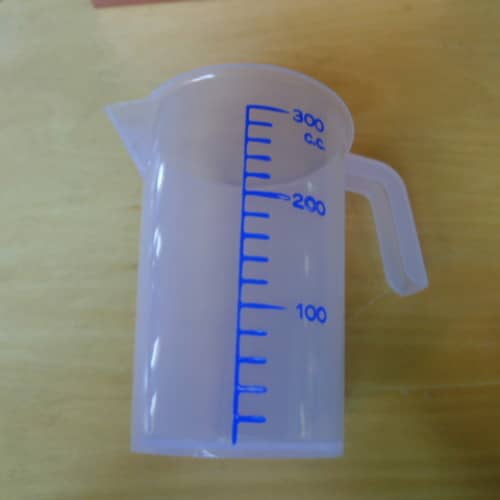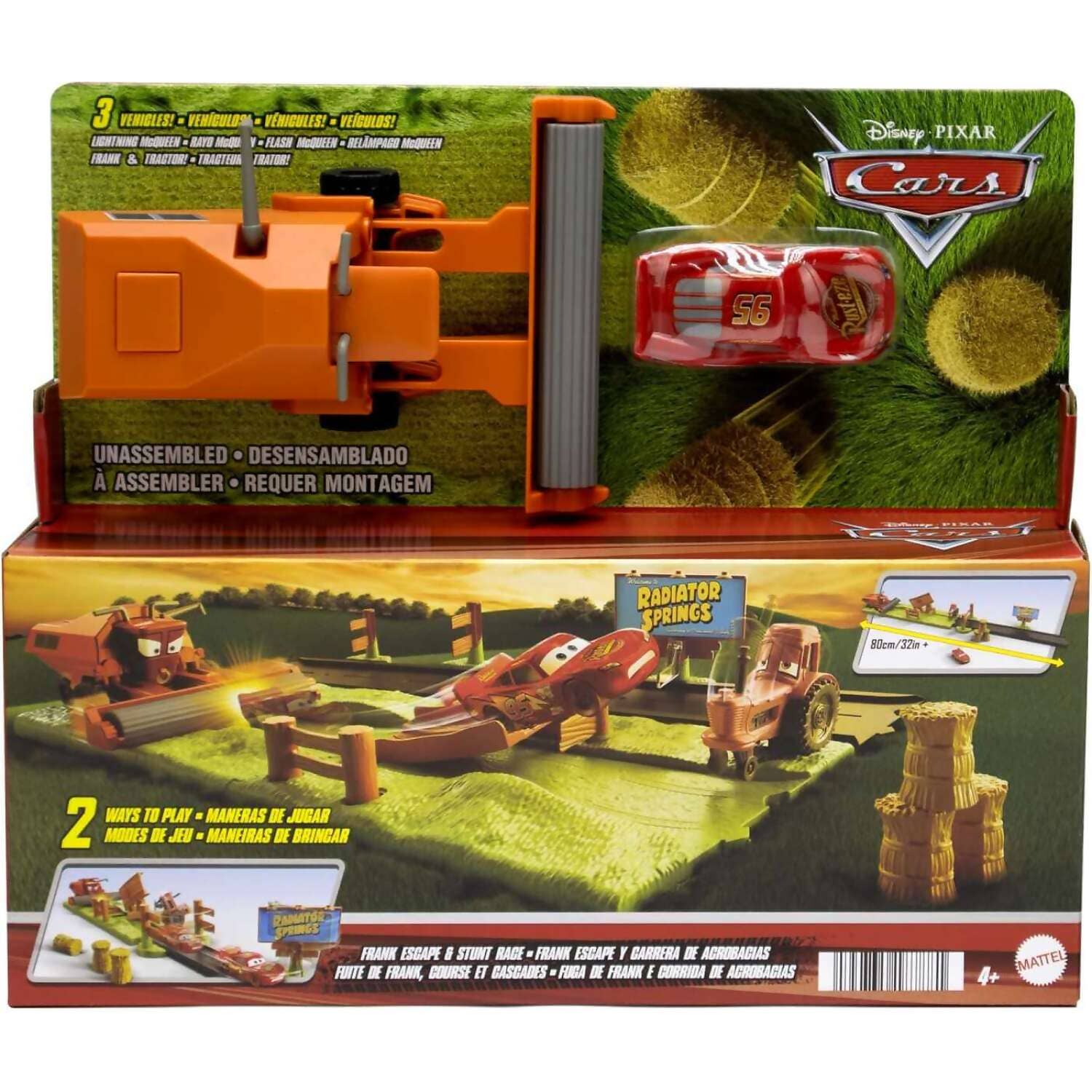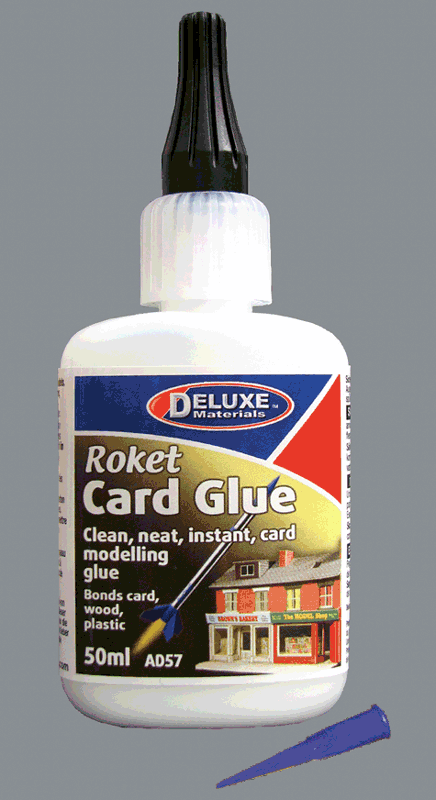COOL POWER LOW VISCOSITY SYSNTHETIC OIL RED 3.78LT
Cool Power Synthetic Oil exceeds many specifications including the film strength and cleanliness characteristics. It is easily blended to give stable mixtures with leaded and unleaded gasolines and is specially recommended at 50:1 / 40:1 or in accordance with manufactures recommendations. Suitable for use in engines manufactured by: OS, Roto Motor, 3W, DA, DLA, DLE, Moki, ZDZ, Zenoah, NGH, MVVS, Evolution, BME and Saito. (PETROL MIX OR GLOW MIX) QUALITIES FOUND IN COOL POWER LURICANTS SUITABLE FOR BOTH GAS / PETROL AND METHANOL:
This oil that works at all ratios for 2 and 4 stroke air and water-cooled engines with either glow or spark ignition.
May be used in model aircraft, cars and boats, as well as full size motorcycles, jet skis go karts and chainsaws Etc.
Provides high temperature protection for sustained high power/rpm in restricted and difficult cooling conditions.
Excellent mid-range acceleration and throttle response.
Clean exhaust emissions with reduced residue on model.
High film strength and efficient detergent properties keep your engines internal parts clean and free of varnish.
Non-critical needle mixture settings.
Excellent anti corrosion protection even in high moisture conditions.
Mixes with leaded and unleaded gasolines and is specially recommended at 50:1 or in accordance with manufactures recommendations. Suitable for use in engines manufactured by: YS, Magnum, Saito, OS, Roto Motor, 3W, DA, DLA, DLE, Moki, ZDZ, Zenoah, MVVS, Evolution, and BME. FILM STRENGTH: The metal parts are separated by a layer or film of lubricant strong enough to keep them apart. Two such additives are in our fuels. One is surface active (molecular structure), the other is through brute strength. This is by far the most important additive in any lubricant. EXTREME PRESSURE: This is also to keep moving parts separated. The difference between this and film strength is that film strength is for a sliding motion, and extreme pressure is for pounding motion such as the connecting rod. LUBRICITY: This adds a slickness to the lubricant. This is an expensive additive. The lack of this component shows up in two areas ″ top end performances and long term wear on the engine. WETTING AGENT: An additives that makes the lubricant flow more evenly and thoroughly over the metal surfaces. It eliminates the smallest dry or non lubricated spots. It also helps the lubricant get into the very tight fitting places in the engine. RUST PREVENTER: This is the second most important additive. Synthetics tend to attract and hold moisture causing rust during engine non use. Our rust preventative is not the standard phosphoric compound found in most oils, (phosphoric compounds are only partially effective), ours however, in most conditions are, 100% effective. DETERGENTS: There are two in our oil. This prevents build-up of varnish in the engine. ANTI- FOAMER: Helps prevent bubbles from forming in the fuel. Bubbles are caused by vibrations from the engine. These bubbles are taken into the engine along with the fuel and can cause lean engine runs. More bubbles are formed at a higher power setting. Fewer bubbles are caused at the lower power setting, but the anti-foamer helps the engine run better at all settings. By – BRIAN WINCH. Review of modelling products conducted by the AIRBORNE ENGIN-EAR. PRODUCT. COOLPOWER LOW VISCOSITY OIL (Red) SUPPLIER. TATES PERFORMANCE HOBBIES. Not too many years back we used SAE 70 oil in our spark and diesel engines. In our charabancs (full size vehicles) we used, if the engine was in good condition, SAE 30 or 50. The lower viscosity (for winter use) was preferred for its lower drag and ability to flow and lubricate much quicker. Consider a model engine run on castor oil and left for a short time – tends to be, shall we say, sluggish to turn. This is oil drag – most undesirable. The thinner the oil the better it flows, penetrates and coats surfaces. Problem is it has to also stand up to the rigours of the slugging parts in an internal combustion engine. In recent years it was accepted that synthetic oils could be produced economically and they would work quite adequately at a lower viscosity. When you consider the fuel we use in our model engines you need to remember that (generally) at best the oil content is only 20% of the fuel. In most cases much less than this, particularly so with some ready mixed fuels that can go as low as 14%. Another consideration is the need for a high performance oil to suit heavy duty use. We certainly don™t want to go back to the SAE 70 days (heaven forbid!) so we need a special application lubricant to suit, for instance, helicopter engines and the big four strokes used in pattern aircraft. For quite some time now the heli fliers have had the luxury of a special heli oil produced byMorgans Fuels in USA. Problem was you could buy it only as a ready blended mix. This can get a bit expensive if you slurp up a few litres per day. As well, the pattern fliers wanted access to this oil due to the heavy load and high nitro fuel used in the range of specialised pattern engines. The chief pilot at Tates, Eddie Edwards, spent a lot of time belting the ears of the Morgans chiefs and finally won the day. Tates would have exclusive sales rights to the special low viscosity oil as used in the heli mixes. Quick as a flash a good drop of the new red stuff ™ wound up on my bench and I gave it quite a fair flogging. Even though Tates said they were using 23% I decided to really test it at 20% and….it worked a treat with 10 nitro fuel. I ran a range of two and four stroke engines and stress tested it in a two stroke at 17,000 r.p.m. for an extended period. Clear oil out the exhaust – head temp™ slightly lower than normal – couldn™t be better. I gave some to my field testers, Felix and Peter Nieuwenhuizen (pattern fliers) and they used it in theirs and several other modeller’s engines at the Wallerawang Float Fly. This venue is 3,000 feet above sea level and requires, at least a tune change or, better still, a bit more nitro. With a mix of 23% LV oil and 10% nitro all the models on test performed flawlessly with no tune change required and no indication of the need for added nitro. As Felix said, all the engines were very happy. This oil will not replace Coolpower blue but it will fill the need when high loads are imposed on the engines, high nitro is used and lower percentages of oil are desired. For general use – stay with the blue but if you impose higher than normal loads on your engines – go for the red ..
